This post may contain affiliate links, meaning if you book or buy something through one of these links, I may earn a small commission (at no extra cost to you!). Please see my disclosure.
Who honestly doesn’t think baby sea turtles are adorable? I’m a little concerned if you say they’re not. They’re super adorable but super vulnerable too – at least while on land and many sea turtles come onto the shores of Florida to lay their eggs. That’s why sea turtle rescue Florida is so vital to the ongoing survival of these amazing little guys.
A lot of things impact their survival – natural predators and natural elements, of course. Sea turtles are an old species though. Not just old – ancient. Sea turtles date back to 110 million years. Unfortunately, humans – as always – have kind of started to ruin things. And, therefore, it is up to us to fix them.
Now, that I’ve started scuba diving, I’m itching to see one in the ocean and I came so close when diving the Deerfield Beach pier recently. They’re such magnificent creatures. If anyone’s keeping tabs, I think I pretty much say that about all animals, but I love them all. I just want to save the turtles, save the sharks, save everything.
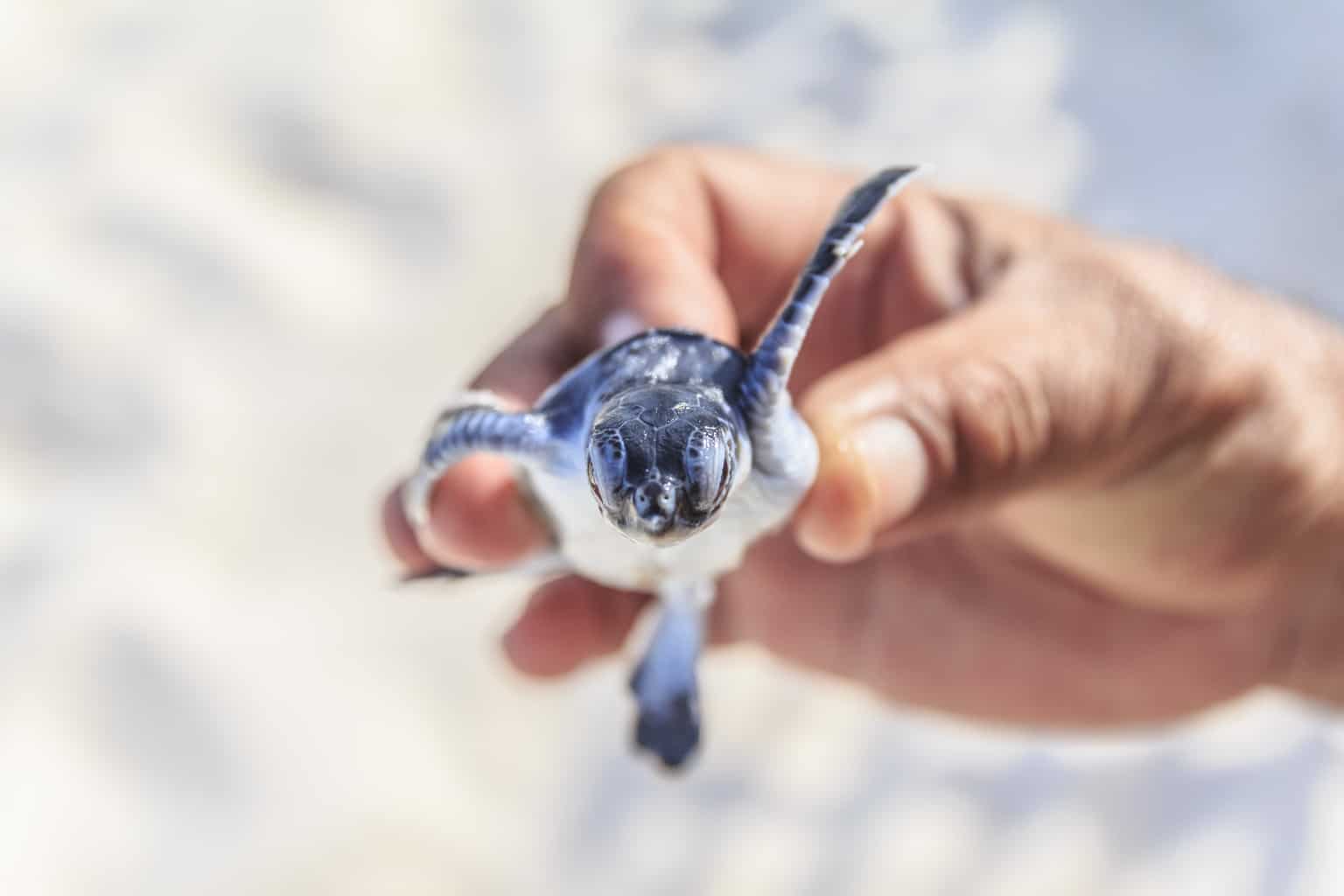
Sea Turtle Rescue Florida
Types of Turtles in Florida
There are seven different species of sea turtles in the world and five of them can be found in Florida – some more common than others, of course. The olive ridley and flatback are the two that aren’t found in Florida while the following five are the types of turtles in Florida. While these five types of turtles are found in Florida, only three of them nest in Florida: the Loggerhead, Leatherback, and Green.
Loggerhead
The loggerhead is the most common sea turtle in Florida and gets the name from its massive, block-like head. They are among the larger sea turtles with adults weighing around 250-300 pounds and their shell length, carapace, is around three feet.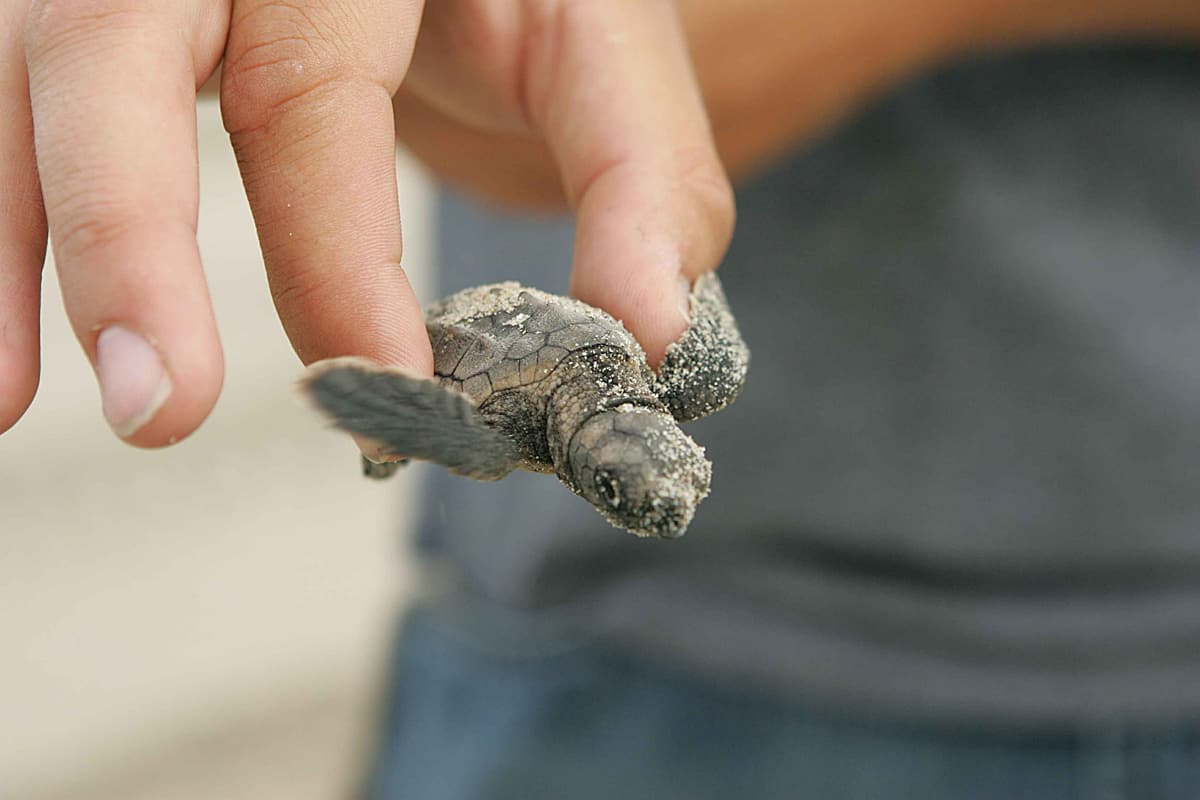
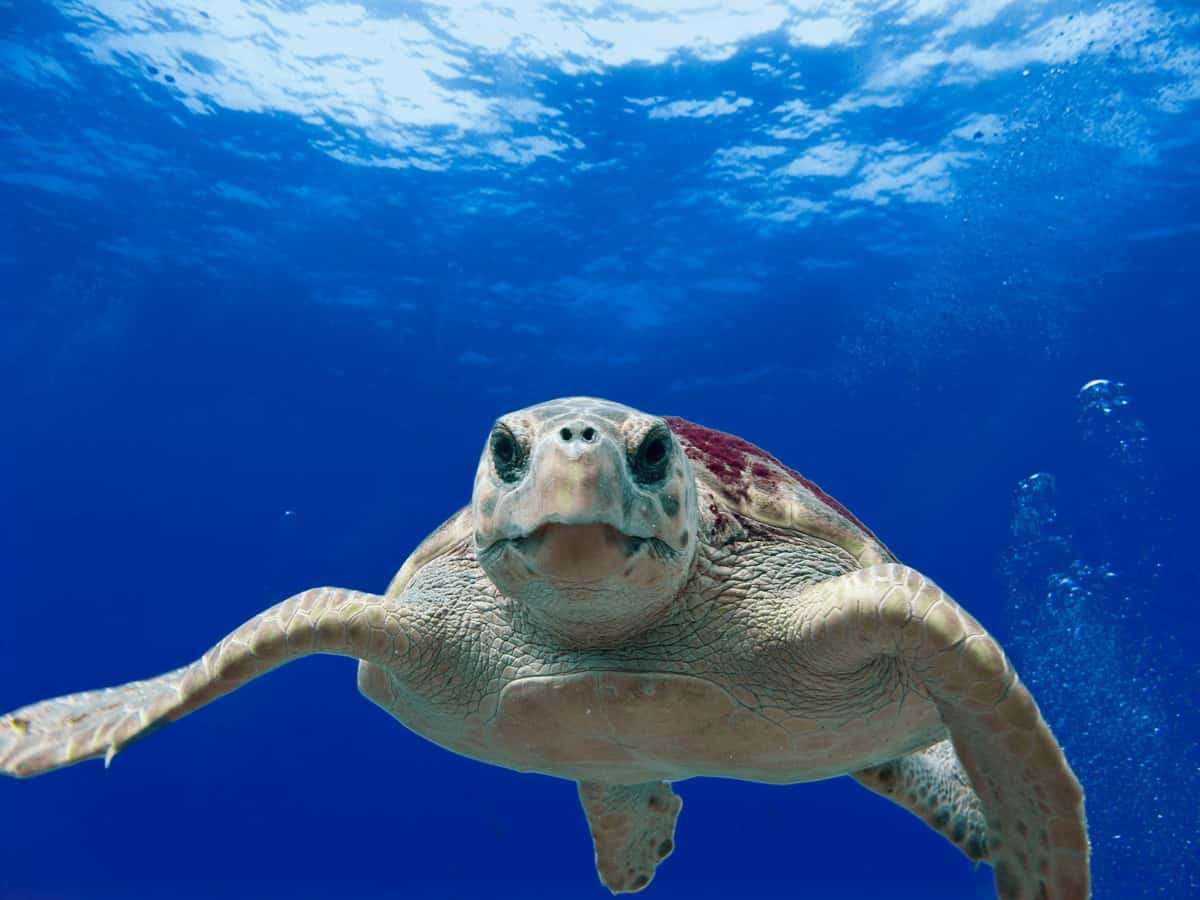
Green Turtle
Green turtles get their names due to their color which is obtained from their diet – mostly vegetarian consisting of mostly seagrasses and algae. This is your mainstream-looking turtle – what you see depicted in movies such as Finding Nemo. Green turtles weigh around 350 pounds and have a small head compared to their large body.
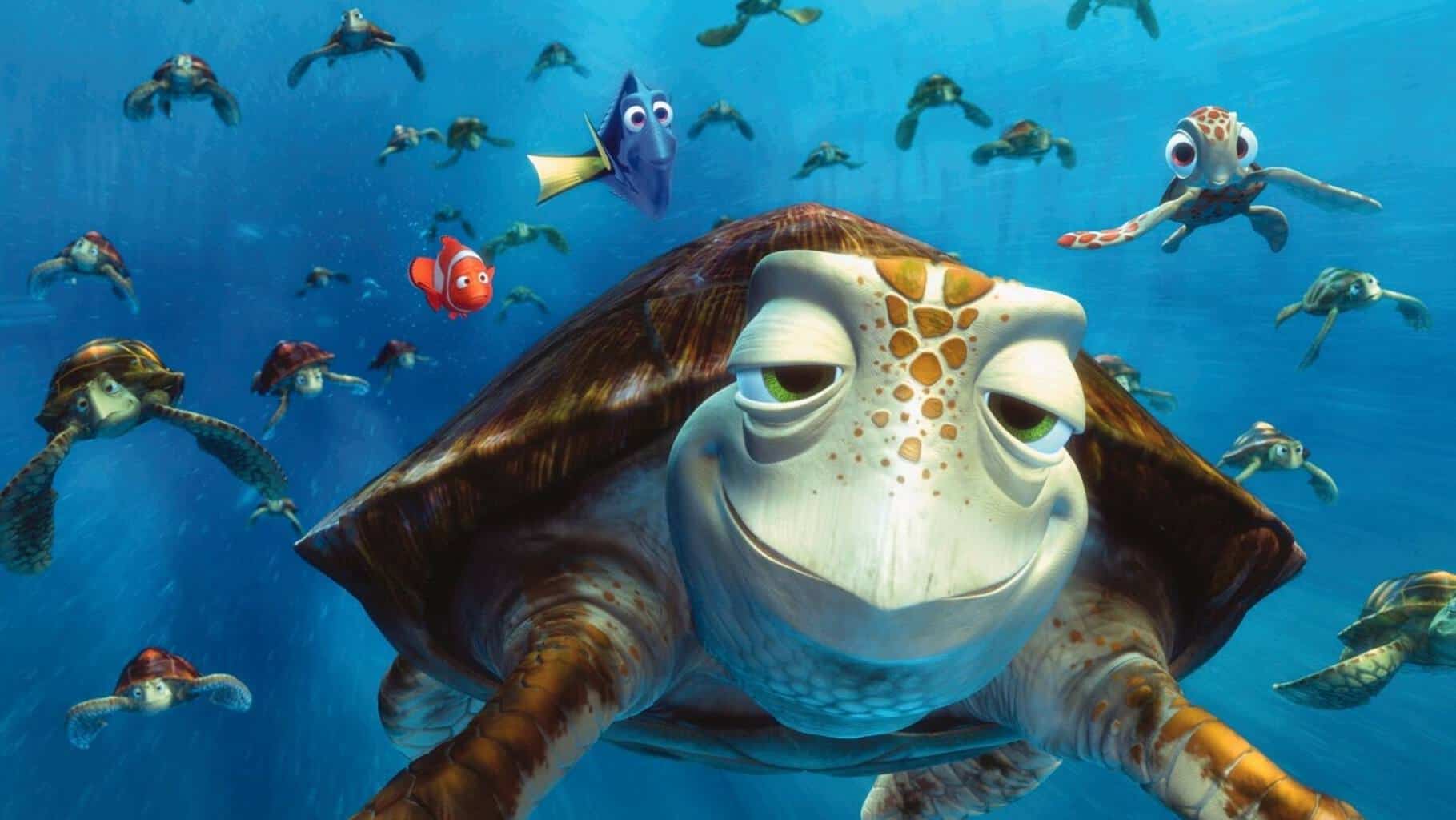
Do you have your exit buddy?
Leatherback
Leatherbacks are absolutely fascinating and rather large. They weigh anywhere from 500-1,500 pounds and are about six feet in length. They also travel further, dive deeper, and visit colder waters than other sea turtles.
I hope to one day see a leatherback in real life. I think they might be my favorite.
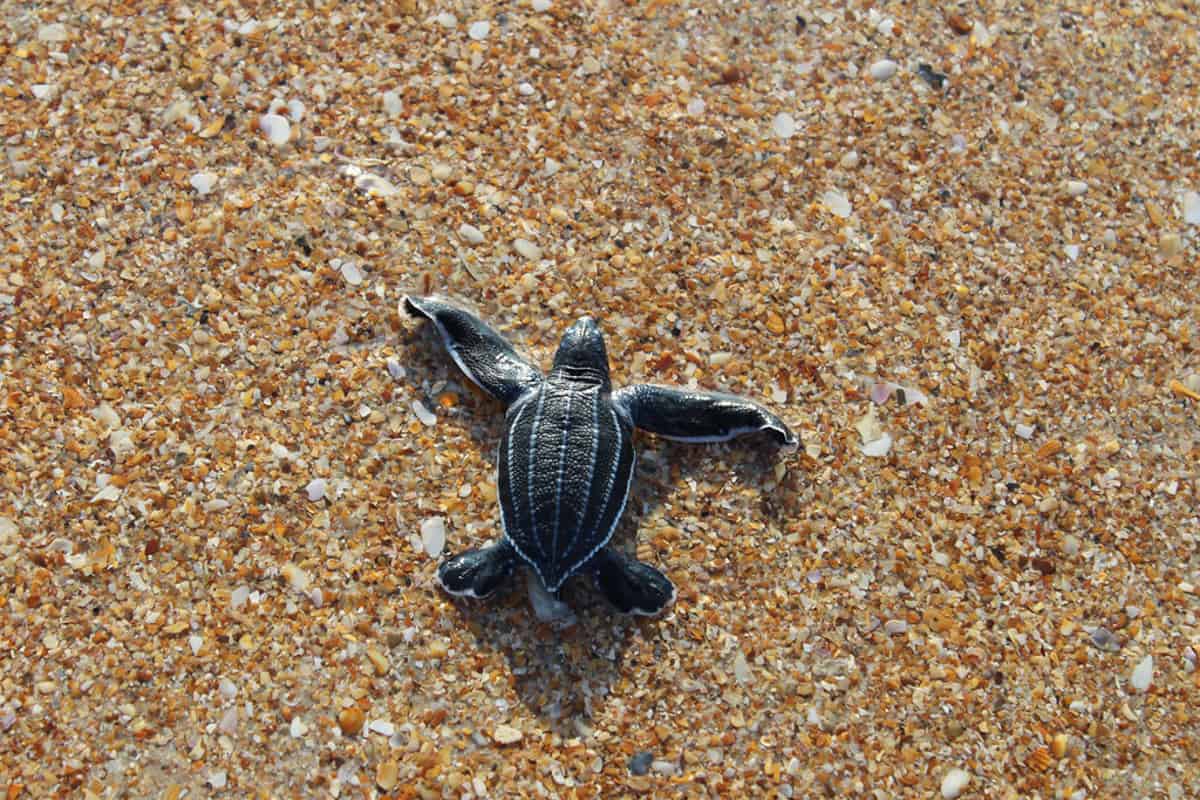
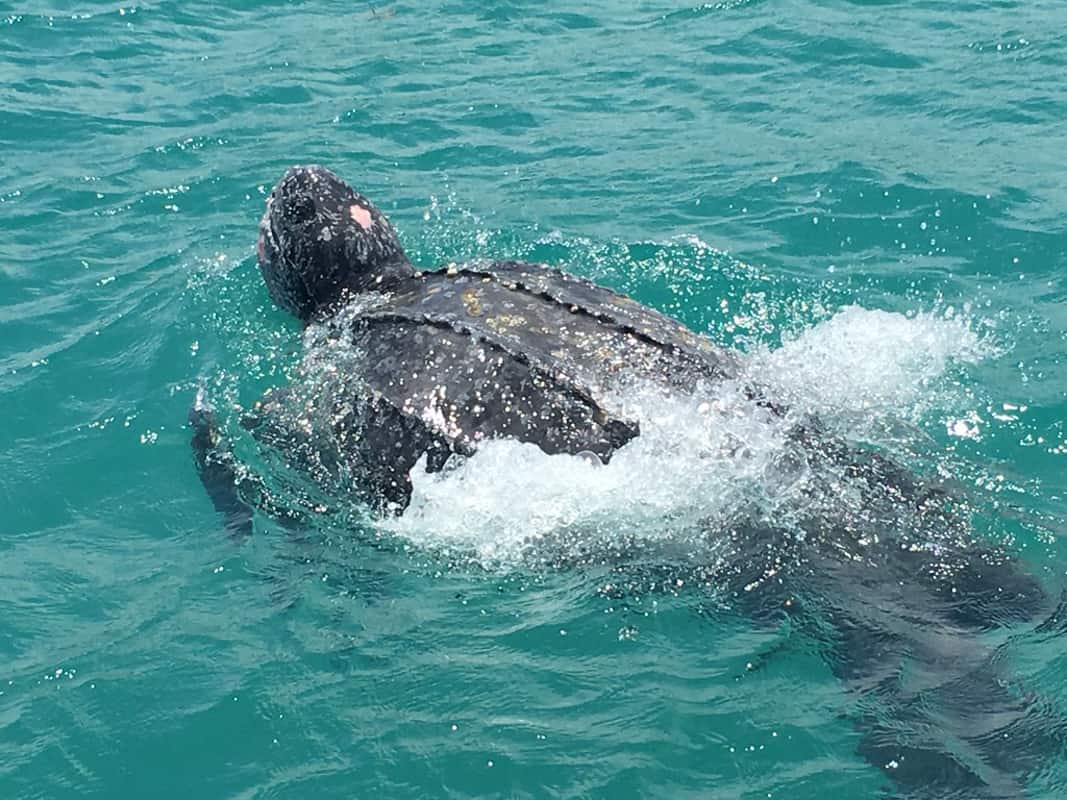
“IMG_0291” by GTMResearchReserve is licensed under CC BY-NC 2.0
“Leatherback in Jupiter Inlet (3)”by FWC Research is licensed under CC BY-NC-ND 2.0
Kemp’s Ridley
Kemp’s ridley is the rarest and most endangered sea turtle in the world and mostly nest in one area off the Gulf coast of Mexico. Kemp’s Ridleys are very small, especially compared to other sea turtles, weighing around 85-100 pounds and measuring approximately two feet in length.
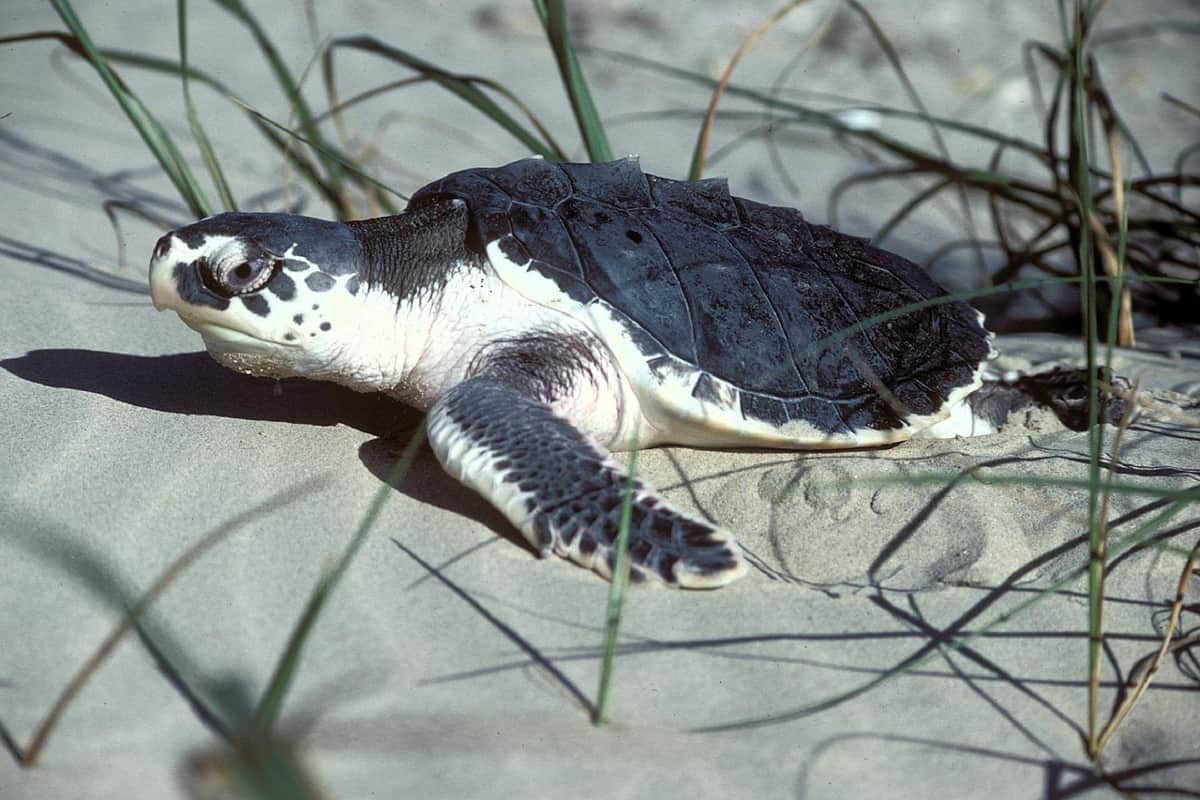
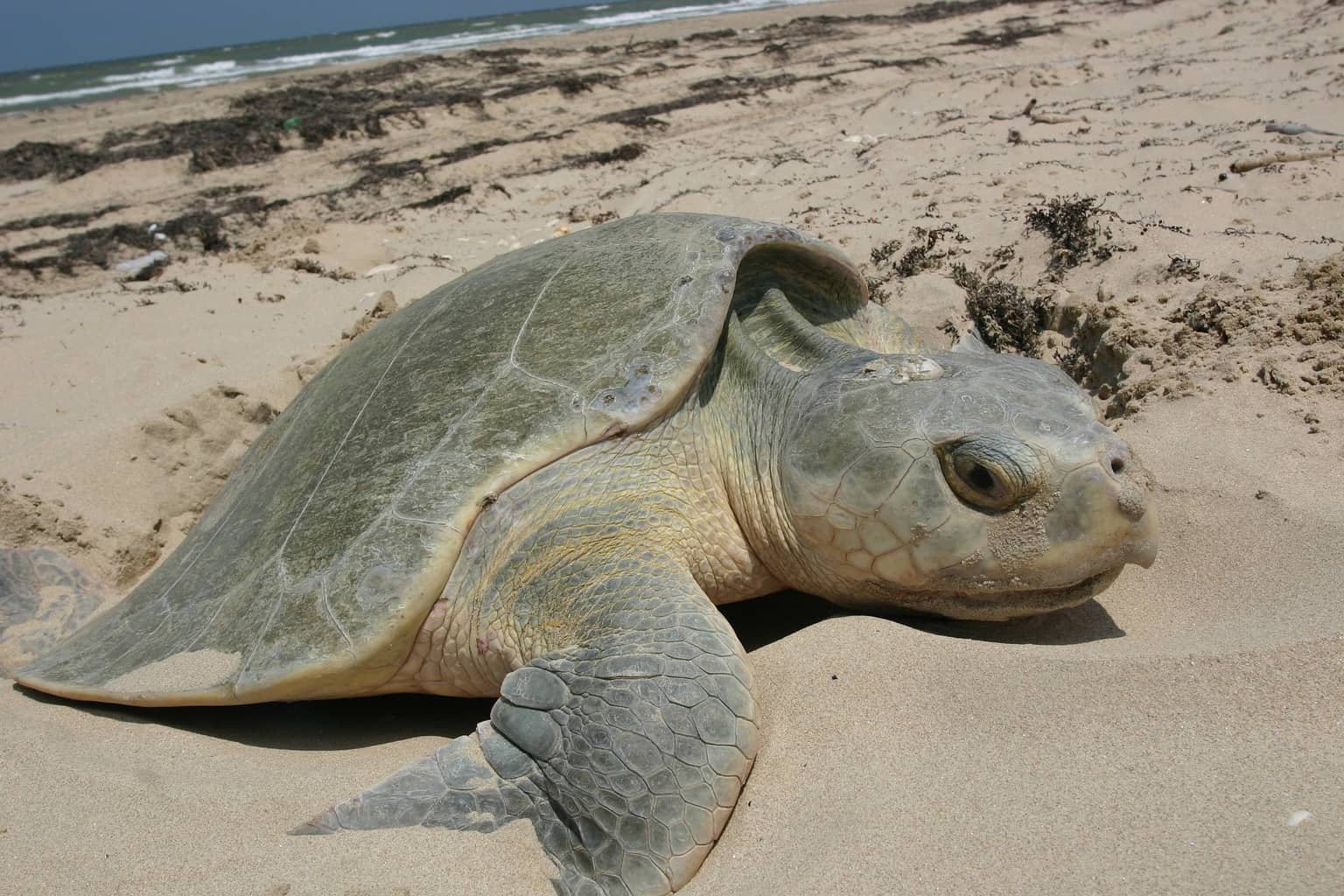
Hawksbill
Endangered Sea Turtles
How many of the seven are endangered sea turtles? All of them.
All sea turtles are either threatened or endangered.
All species of sea turtles are threatened or endangered and protected through Florida Statues, Chapter 370, and by the United States Endangered Species Act of 1973. Briefly, these laws state that: “No person may take, harass, harm, pursue, shoot, wound, kill, trap, capture or attempts to engage in any such conduct to marine turtles, turtle nests, and/or turtle eggs.” Any person who knowingly violates any provision of the act may be assessed civil penalties up to $25,000 or criminal penalty up to $100,000 and up to one year imprisonment.
In terms of the types of turtles in Florida, the loggerhead and green turtles are listed as threatened while the leatherback, kemp’s ridleys, and hawksbill are listed as endangered.
What do Sea Turtles Eat
A sea turtle’s diet varies depending upon the species. Some are omnivores, some carnivores, and some herbivores.
Loggerhead babies eat both animals and plants while the carnivorous adults feast on crabs, whelks, and conchs.
Green turtles are omnivorous as hatchlings but as they age, they are herbivorous hanging around reefs eating the seagrass and algae.
Leatherbacks are unique and are known as gelatinivores and only eat invertebrates such as jellyfish.
Kemp’s ridley is carnivorous and they prefer a diet of crabs.
Hawksbill have a bird-like beak and prefer to access small spaces on reefs to reach sea sponges.
For the two species that don’t live in Florida, the flatbacks eat just about everything from seaweed to crabs and olive ridleys eat jellyfish, sea cucumbers, fish, and other plants and animals.
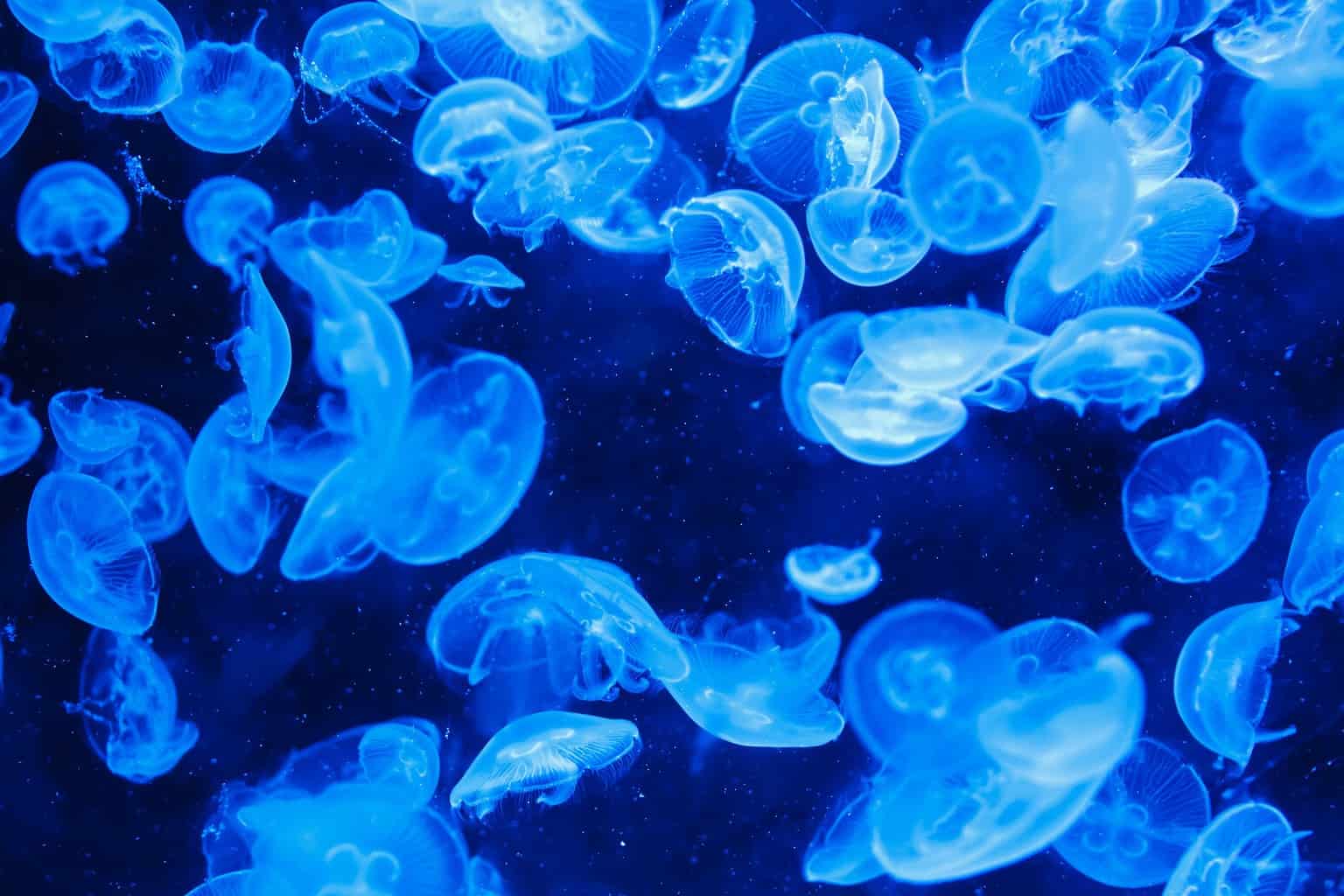
When Do Turtles Lay Eggs
Sea turtles lay their eggs on the coast of Florida every year between March and October. Depending on the species of turtle, the time during these months differs. The leatherback is usually the first – laying her eggs mostly in between March and June, the Loggerhead is next laying most of her eggs between May to August, and the Green is last laying her eggs mostly between June and September.
Due to climate change, these months have started stretching a bit with turtles laying earlier than March.
Each female can lay multiple nests within one season and each nest can consist of several different fathers. On average, a sea turtle lays 110 eggs in one nest.
There are some main concerns for female sea turtles when she’s looking to lay her eggs. Loud noises, bright lights, and an inhospitable beach could all lead a female to go back into the ocean and not lay. She’s not able to hold on to her eggs forever and therefore will have to dump them in the ocean and there are approximately 100 little babies that never had a chance of surviving.
If she is content with the noise and light ratio, there are still other issues that can cause problems – even death. Sandcastles, holes in the sand, beach chairs, or any other debris can cause her to get stuck and many turtles have been known to die this way.
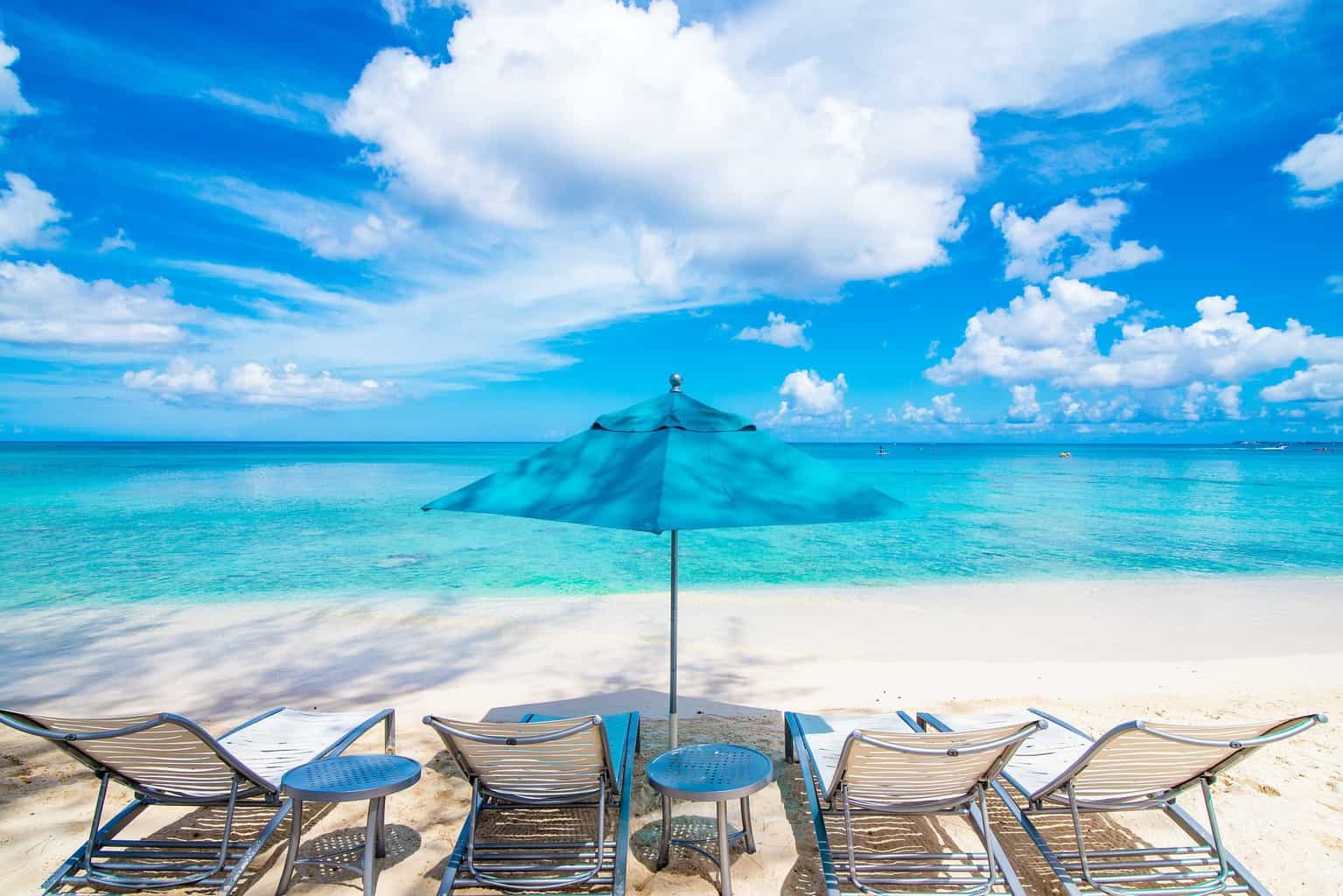
Where do Sea Turtles Lay Their Eggs in Florida
Want to hear something incredibly amazing? A female sea turtle does not reach sexual maturity until roughly 25 years of age and, yet, she returns to the same place she was born to lay her own eggs!
About 90% of sea turtle nesting that occurs in the United States, occurs in Florida. So, it’s incredibly vital that they’re well taken care of because if they fail in Florida it is detrimental to their species.
Turtles only come out of the water to lay eggs and once she’s done, she returns to the water. The eggs incubate for 45-55 days, they hatch, hopefully, make it to the water, and then they are on their own from Day one.
The nests in Florida are mostly located in Broward County (Ft. Lauderdale), but also in Palm Beach and Miami-Dade counties.
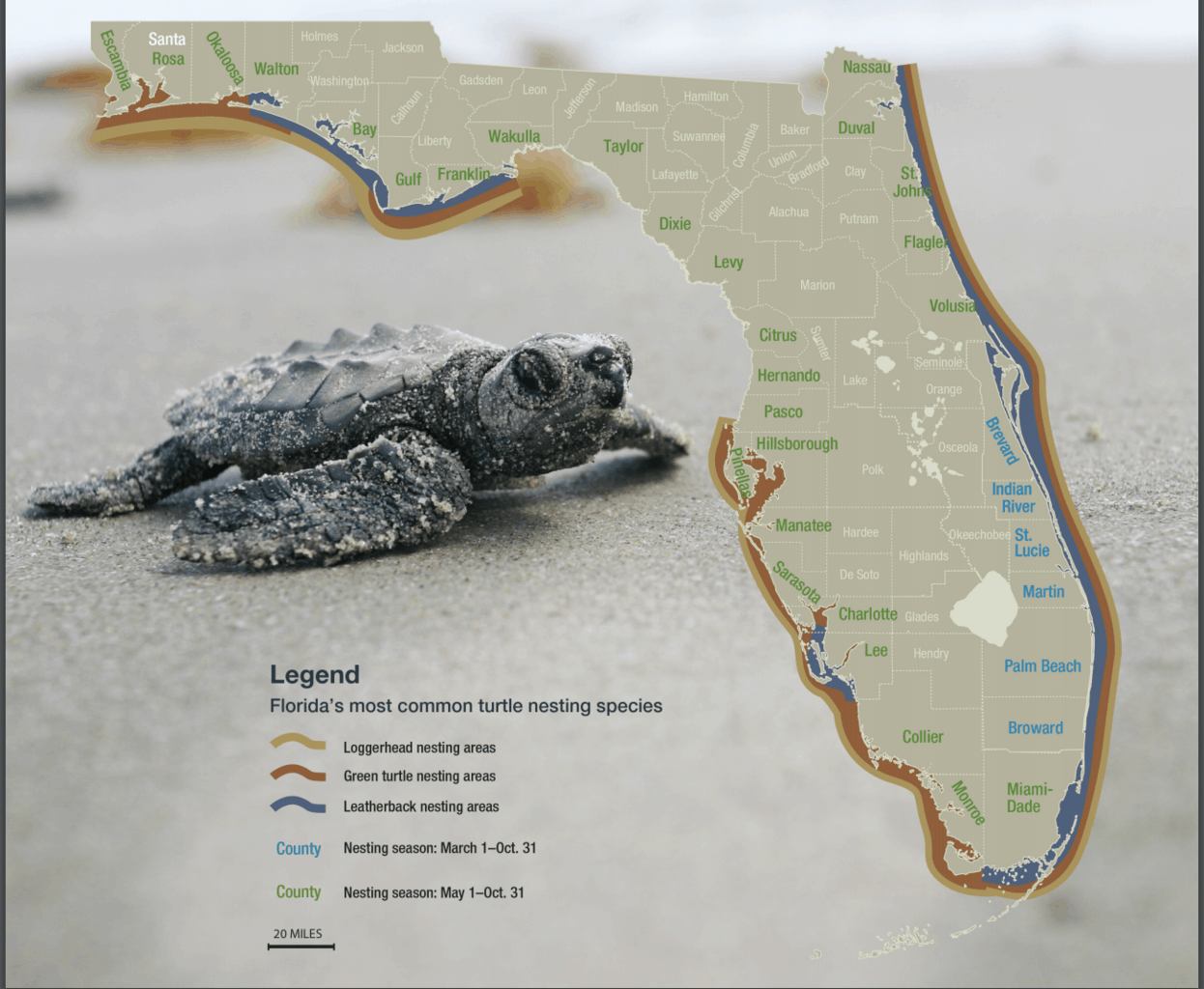
How many Baby Sea Turtles Live?
It is estimated that only 1 in 1,000 sea turtle hatchlings make it – this is why sea turtle rescue Florida is so important.
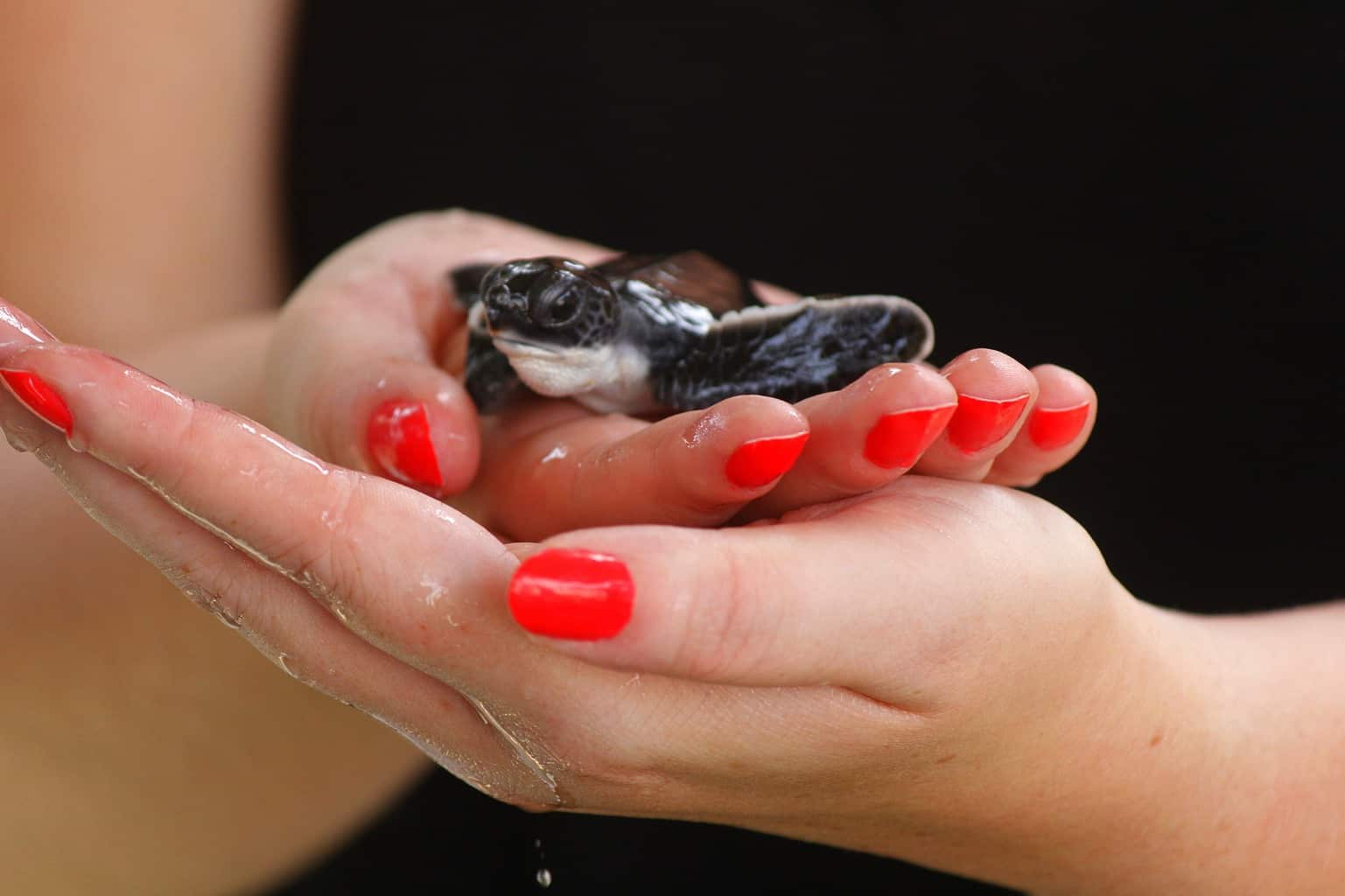
Dangers for Sea Turtles
There are both dangers for sea turtles on land and in the water. For nesting sea turtles and hatchlings, the following are dangers.
Obstructions
Obstructions such as sandcastles, umbrellas, small boats, beach chairs, cabanas and more can easily lead to the female turtle getting tangled up and ultimately dying.
Predators
Dogs and cats can, of course, be an issue for nests, nesting turtles, or hatchlings.
Climate Change
Increased temperatures are a problem for sea turtles too. Everything is affected, of course. The temperatures of the nest actually determine the sex of the hatchlings. A warmer nest leads to more female hatchlings. This can be a problem. Clearly, females can’t reproduce without males.
Confusing Bright Lights
This is the major problem for hatchlings. When turtles hatch, it’s often at night and their natural guide to the water is the moonlight. With more and more development, street lights and hotel lights are much brighter than the moon and therefore the hatchlings are mistaking city lights for moonlight.
This leads to them making their way into the streets and getting run over or exerting too much energy and dying.
They are unable to see orange and red shades of light which is why businesses are urged to change all outdoor lighting to amber lighting.
Not all businesses are willing to do this, unfortunately. The only thing that will continue to make headway in this department is education, activism, and leading by example.
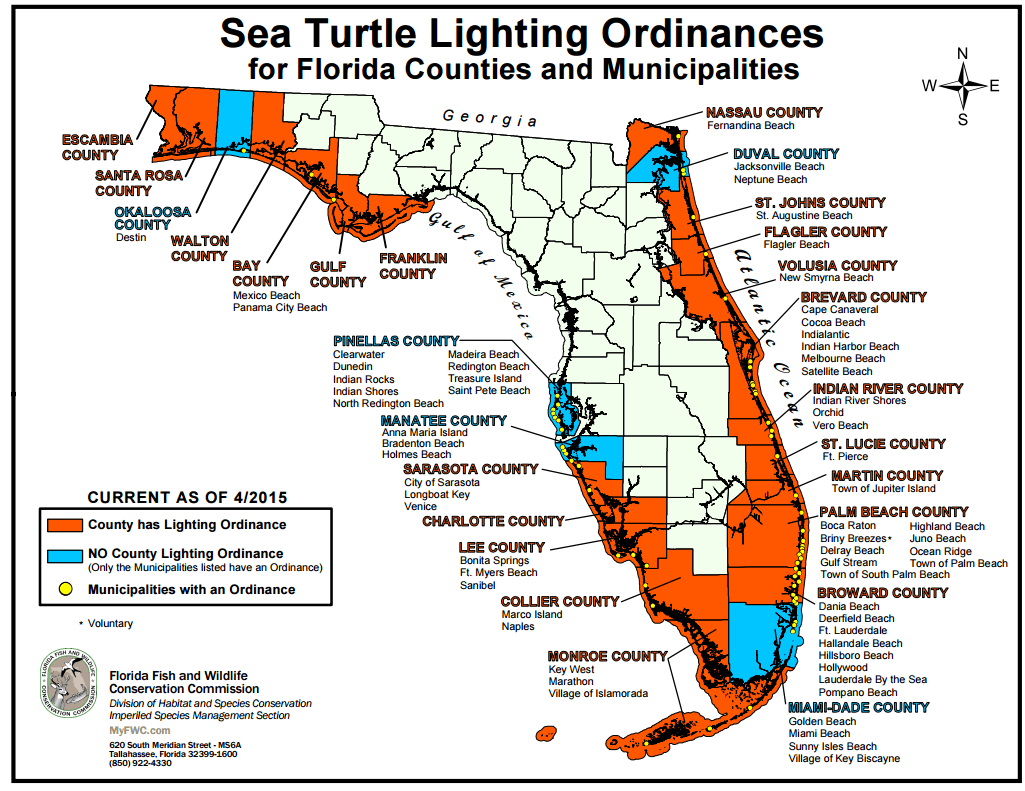
For sea turtles in the water, the unnatural dangers include:
Plastic Bags
Wondering why sea turtles are often found with plastic in their stomachs? When your diet consists of things like jellyfish, a plastic bag can look like an appetizing meal.
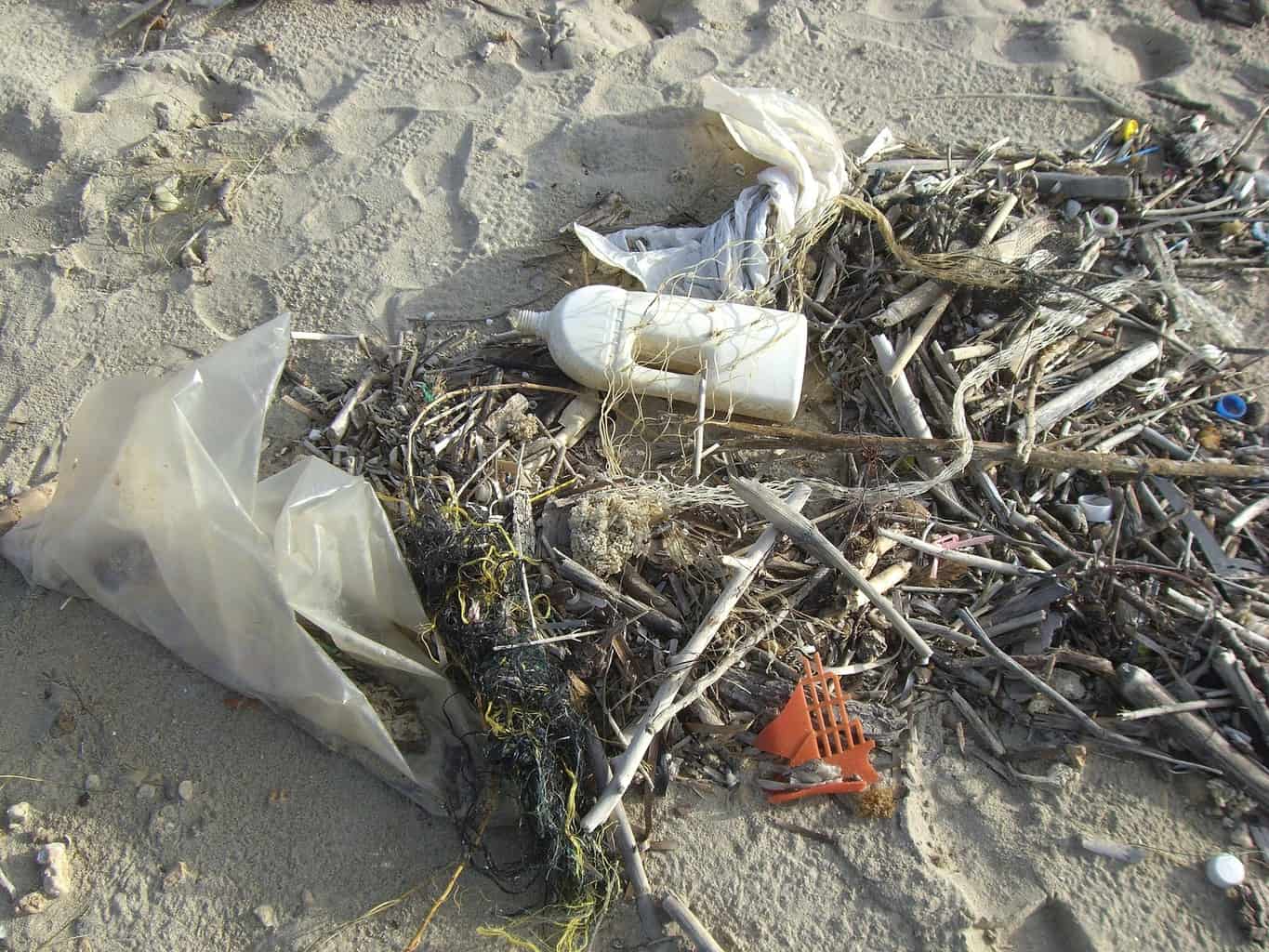
Fishing Nets
Getting entangled in ghost (abandoned) fishing nets or becoming bycatch is a large problem for sea turtles and really every other creature in the ocean.
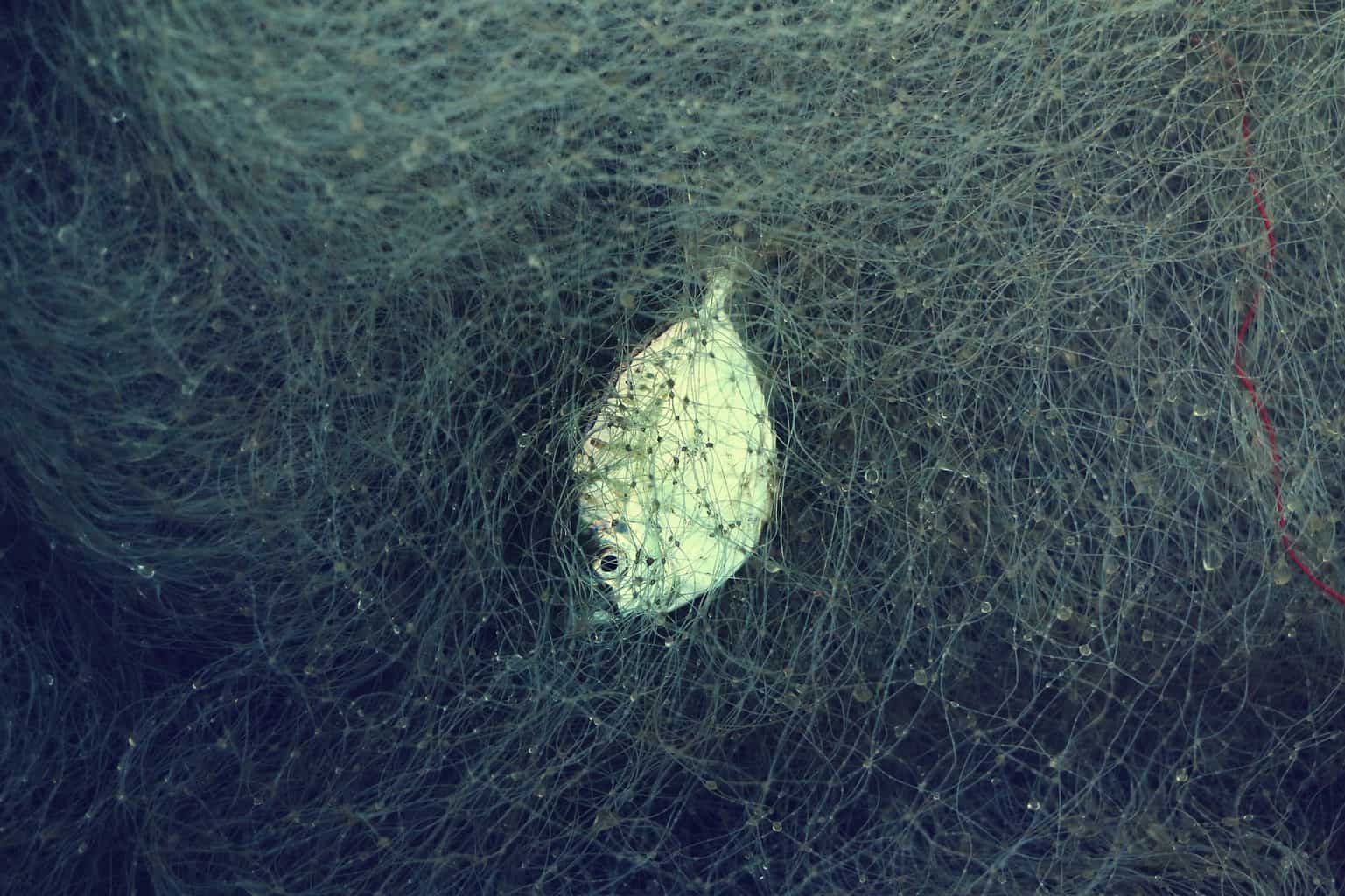
STOP – Sea Turtle Oversight Protection
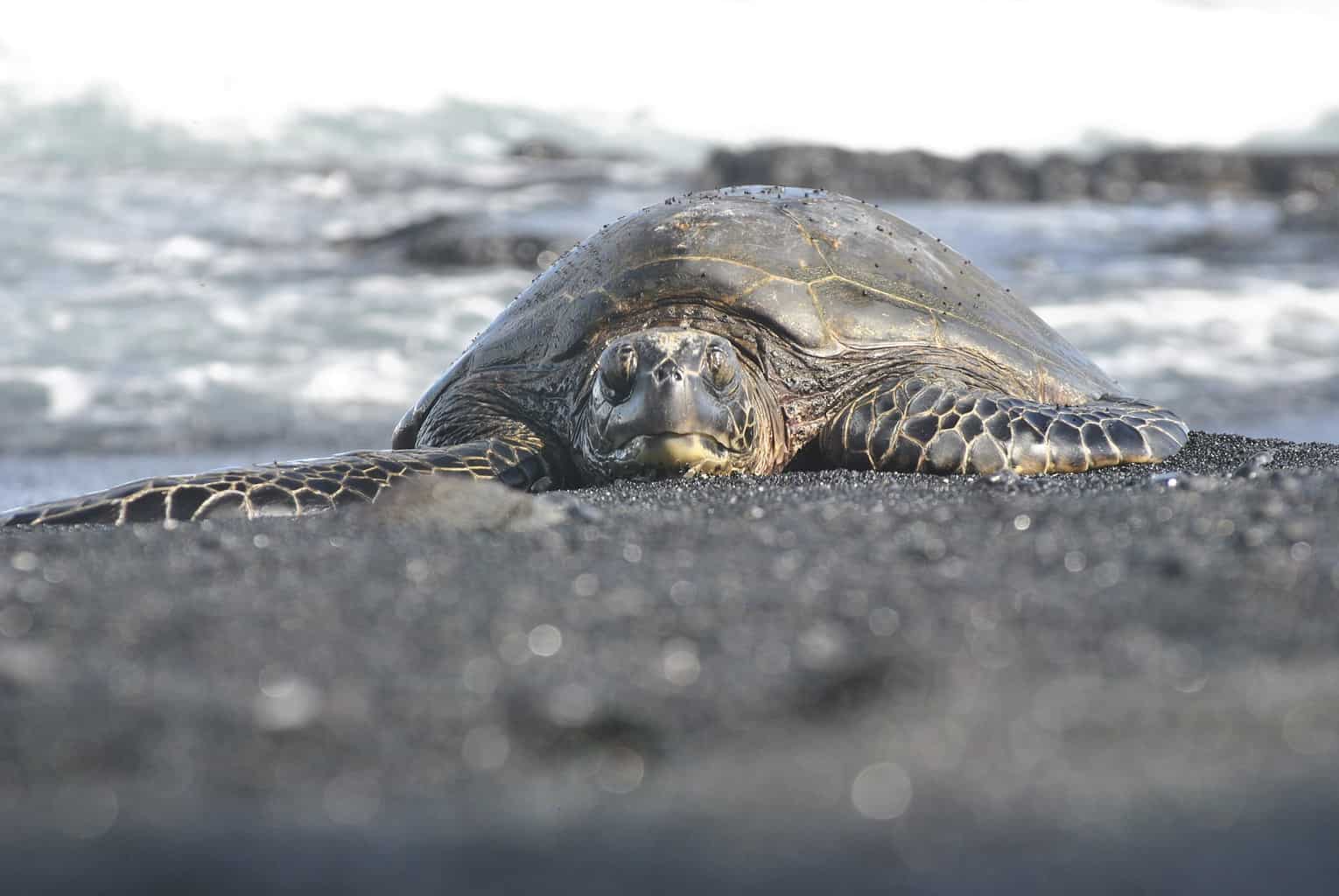
Who is STOP and What do They do?
The about section on STOP’s website: Passionate. Coffee addicted. Probably Crazy.
How can you not want to meet them after that description? STOP is completely volunteer-run by regular people who have all sorts of day jobs and for over half the year, they sacrifice their time to save sea turtle hatchlings.
STOP was founded in 2007 by Richard and Siouxzen WhiteCloud and their daughter Teakahla. They were the first program like this to rescue and release disoriented sea turtle hatchlings in Broward County and now they have the highest number of FWCC Marine Turtle Permitted state anywhere in Florida.
Volunteer at STOP
If I ever move down to South Florida, this is the first thing I’m signing up to do!
This is not an easy volunteer position and as the description implied, caffeine will be needed to get through those nights!
Volunteer positions occur from June to November in Broward County and you have to commit to at least two 4-hour shifts a week between 8pm-4am. Apply here.
Sea Turtle Hatching Tours Florida
So, let’s say you don’t live in the area or you simply can’t commit to the requirements – that’s okay! There are still ways for you to be involved. The best way is through a Turtle Walk with STOP!
During a turtle walk, you’ll start with an introduction and video from the enthusiastic and knowledgeable volunteers at the STOP storefront. Then, you’ll head to the beach. The turtle walk events will depend on a number of things.
If the volunteers know of a nest that is for sure hatching, they’ll most likely take you straight there and have you wait it out so you can actually see them. If not, you may comb the beach looking for trash to pick up, sandcastles to knock down, holes to fill, and so on.
On my particular trek, we started the trek knowing that we would see babies for sure. A family had found a few stragglers during the day and called STOP. STOP had come to get them and kept them at their headquarters until the evening to release them. We started the evening off releasing these five sweet babies into the water and watching them swim off into the great blue ocean.
We then set up camp around a nest as it was expected to hatch any moment. The volunteers draw specific lines in the sand around the nests to be able to track the turtles’ movements. This way if they’re not around when they hatch, the volunteers are able to determine how many went towards the water and how many went towards the wrong directions.
The turtles are always given the chance to go the correct direction on their own. Ten feet specifically. If they go outside the ten-foot perimeter and are going in the wrong direction then the volunteers scoop them up in their buckets. Once all turtles have either made it into the ocean on their own or have been scooped up, they release them into the sand right at the water’s edge, gently showing them the way.
My Turtle Trek Experience
We sat in the STOP headquarters for 30-45 minutes learning all about the turtles we eagerly hoped to see. I sat on the front row as the room was completely full once I got there. Normally it makes me quite anxious to sit in the front but I was so enthralled with the pure love and passion I felt through the words of the volunteers and the informational videos we were shown.
After leaving the headquarters, I helped push the volunteer’s bike to the beach (she had a long night ahead of her even after we left!) while she carried the bucket with the five stragglers from the previous night’s hatchlings. We didn’t have to walk too far – perhaps a half-mile down the main road lining Ft. Lauderdale beach.
After just learning and watching about the lights causing so much damage to these precious little lives, I was all too aware of the lights as we passed them. Aware of the businesses and buildings that either cared or were pressured enough into changing their lights to amber. Aware of the ones who clearly didn’t care even though it would in no way affect their business. I can see how living here would make me want to speak up. I was already a turtle warrior just one hour in.
The roads were busy. I hoped I didn’t see any dead babies on the road. The bars were loud.
We arrived at our nest – right by an opening in the wall separating the beach and the road. Easy access for misguided turtle hatchlings. After releasing the five babies, we were directed where and how to sit around the nest making sure to avoid the lines drawn in the sand for scientific reasons.
The volunteers have a lot to juggle – entertaining the turtle trekkers, keeping up with important data, documenting the entire thing (to show the conditions during the time of hatching and how many turtles would have been lost had they not been there), and, of course, saving baby sea turtles.
Your eyes have to adjust to the darkness, but eventually, you can see the nest surface start to “drop” or cave in and then you start to see their adorable little heads and flippers stick out. The hatching period can actually last a couple of days. Once enough have hatched, they start pushing each other towards the top.
I secretly imagined like a scene from World War Z where all the zombies climb on top of one another until they reach the top of the wall…except cuter.
Once the first few break through, it’s like an overflow of baby turtles. About the cutest case of organized chaos, I’ve ever seen.
Unfortunately, but not surprising, the babies went just about every direction but the ocean. Once they started crossing the ten-foot boundary, the volunteers went around picking them up so fast, counting them as they went. Out of all the hatchlings, only two made it the ocean unassisted. TWO. The rest would have died had it not been for the efforts of STOP.
Once we were sure the nest was empty of hatchlings and all babies accounted for, we all gathered around the waterline while the turtles were given honorary names and wished a quick Happy Birthday and sent on their way!
They let us see a few of them up close. I had never seen a baby turtle, or any sea turtle, in real life before this night. I was in awe. It was pure magic. Once off the beach, I was texting my mom, my boyfriend, my friends – everyone I could think of and I was doing it in such a fury – the way I get when something gets me really excited. I wanted everyone to know how amazing this experience was. But, I didn’t really know how to put my thoughts and emotions into words.
They’re Saved from Humans but Will They Live?
So, we’ve strengthened their chances of living, but still, only 1 in 1,000 make it to adulthood. This is why it’s so incredibly important that we get as many into the ocean as possible.
Once they’re out of the nest, they’re on their own. They don’t stick together. Completely solitary. I can’t imagine how terrified I would be, but it must feel natural to them. The babies naturally know to use up all that newborn energy to get to the Gulf Stream Current which carries them out into the Sargasso Sea in the middle of the Atlantic Ocean. The babies actually chill here for like years and it’s relatively safer for them as there is a lot of seaweed and they’re able to stay camouflaged from predators and such.
What to Know before Sea Turtle Hatching Tours Florida
- Absolutely no lights allowed. Please keep your cell phones in your pockets. No, not even the dimmest setting is allowed.
- Absolutely no photography, flash or otherwise.
- Absolutely no filming.
- Do not touch or pick up the turtles.
- You’ll be walking upwards of a mile or two in the sand.
- The turtle walks cost $25 but all proceeds go to the continued efforts of STOP and are absolutely worth it.
- Book in advance. They fill up and they’re only allowed to take so many people.
How to Save Sea Turtles
So, you want to save the sea turtles, right?
If you live or visit near sea turtle nests, here is how you can help:
- Reduce or shield your lights or ask businesses to do so. Change or ask businesses to change their lights to amber or orange lighting.
- Close curtains or blinds in your home or hotel room – any room that is visible to the beach after the sun goes down.
- Keep the beach clean.
- Fill any holes in the sand and knock over sandcastles before you leave for the day.
- Don’t use lights (including phones), play music, or anything else disturbing near nesting turtles.
- Know who to call if you find a turtle needing help, an unmarked nest, or the like.
- Wear reef-safe sunscreen.
- Take a Turtle Trek to increase your knowledge and passion.
- Use ocean-friendly, vegan, and cruelty-free beach essentials.
If you don’t live near or visit the nests, you can still help:
- Eliminate all single-use plastic use.
- Stop eating seafood as turtles often get tangled in fishing nets.
- Use eco-friendly and vegan household and hygiene products. Everything that goes down the drain essentially makes its way to the ocean. Lots of hygiene products have micro-plastic in them. Lots of cleaning products are full of chemicals.
- Stop releasing balloons.
PLANNING A TRIP TO FLORIDA?
Find accommodation, read accommodation reviews, and check flight prices.
Book attractions, tickets, or guides in advance.
Research using this guide or read my other Florida posts.
See my packing list.
↓↓↓ PIN FOR LATER ↓↓↓
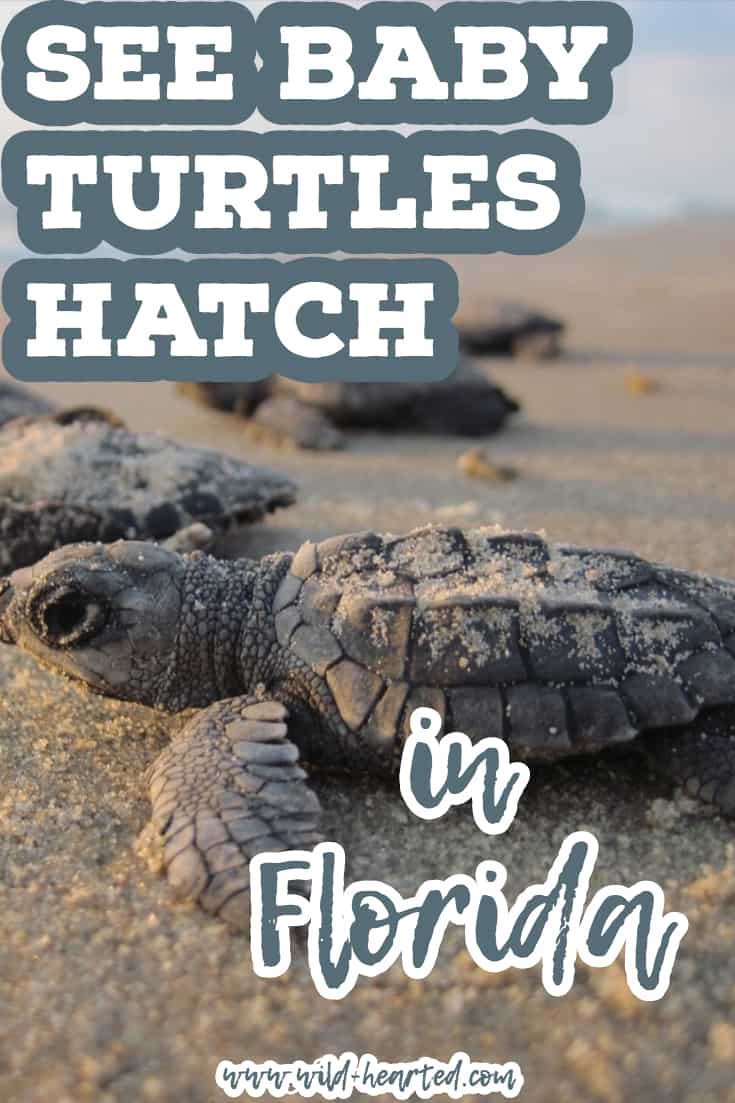
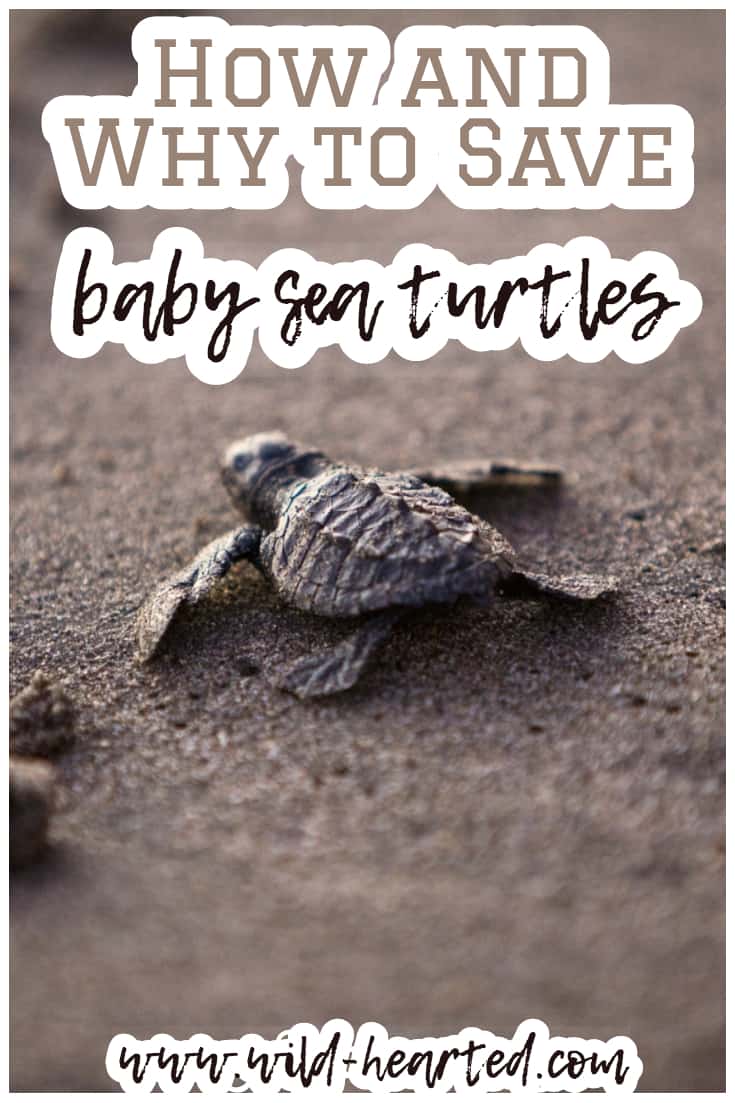
- 9 Weird Things To Do In Dublin, Ireland - April 13, 2024
- 14 Weird Things To Do In Indianapolis, Indiana - April 13, 2024
- Saudi Sands: Discovering Arabia’s Cultural Tapestry - April 1, 2024

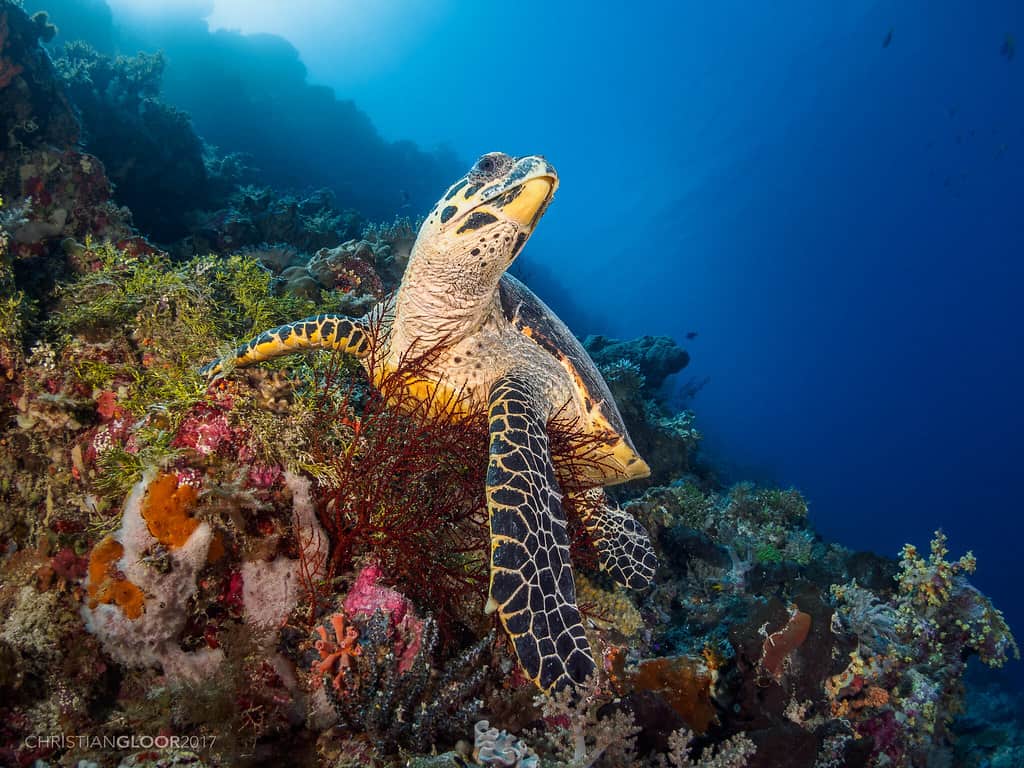


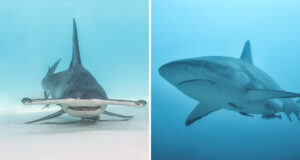

This makes me want to go save the turtles now!
Beautiful article Ashley. Really well done. I could see you as a turtle volunteer and absolutely loving it. It’s hard to put this experience into words – so amazing.
It has been my dream to do a sea turtle nest trek for years. My grandparents lived on the beach in Vero Beach and I grew up quite familiar with the turtle nests and their neon caution tape that would block them off from curious humans! I never got around to actually doing a turtle trek in Vero Beach, though… it’s one of the major items still remaining on my FL bucket list. So this was super interesting to read and I may check out Ft Lauderdale and STOP next time I’m down there – also as usual totally appreciate you sharing this from an ethical standpoint!!
Honestly, the best way to see them is in posts like these, photos and documentaries. I don’t actually need to see one up close, they are so fragile and need all the protection in the world. I saw turtles in the wild in Hawaii. I didn’t approach them and already felt guilty in being in their space!
It would be nice if you gave an approximate time of the year to expect sea turtles to hatch. I couldn’t find that in your article or on STOP’s website. That seems odd so maybe I wasn’t looking in the right places. I did see where they lay eggs March or May through October but that’s different than when they might hatch.